A team of researchers from the University of Western Australia has for the first time observed baby whales stealing milk from non-biological females to gain extra milk and nutrients.
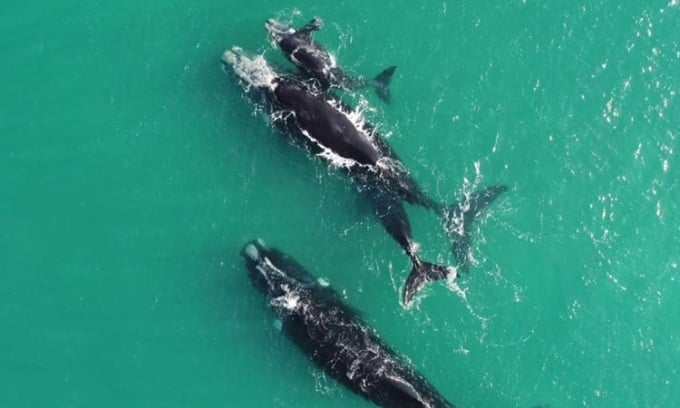
Calves of right whales sometimes steal milk. Photo: Perth Now
Research published in the journal Mammalian Biology by the University of Western Australia (UWA) shows that southern right whale calves sometimes steal milk from females that are not their biological mothers, Newsweek reported on January 24.
“Stealthy suckling behaviour has been observed in seals and land mammals, including deer, reindeer and giraffes, but never in large whales,” said PhD student Kate Sprogis from UWA’s Institute of Marine Biology and School of Biological Sciences. “The behaviour we observed off the southern coast of Australia was directed and intentional by a calf and its non-mother.”
Southern right whales live in the Southern Hemisphere, migrating between feeding grounds as the seasons change, according to the National Oceanic and Atmospheric Administration (NOAA). Their lifespan is likely similar to that of the North Pacific and North Atlantic right whales, at least 70 years. Females give birth every three to four years, with a gestation period of one year. Calves typically stay with their mothers for the first year of life.
It is easy to understand why this behavior occurs, as it can provide extra milk and nutrients for the baby whale. However, it has negative effects on the biological mother, who needs to provide milk for her own young. This is because the mother herself does not feed until the end of the nursing period.
According to Sprogis, mothers cannot replenish their lost energy stores. At the end of the nursing period, nursing mothers must migrate back to their feeding grounds. For southern right whales, this involves a long migration from Australia to subantarctic or Antarctic islands, where females replenish their energy by eating small invertebrates such as copepods and krill.
The discovery is important because southern right whales are threatened under the Australian Biodiversity Conservation and Environment Protection Act. Understanding how calves develop is essential to conservation efforts.
Southern right whales face a number of threats, including declining numbers. Prior to the 1960s, they were hunted, which reduced their numbers. Since then, the population has been slow to recover. They are at risk of being caught in fishing nets, which can affect their ability to swim and feed. They also face threats from ships, habitat destruction, and climate change.
An Khang (According to Newsweek )
Source link






![[Photo] Phuc Tho mulberry season – Sweet fruit from green agriculture](https://vstatic.vietnam.vn/vietnam/resource/IMAGE/2025/4/10/1710a51d63c84a5a92de1b9b4caaf3e5)
![[Photo] Prime Minister Pham Minh Chinh chairs meeting to discuss tax solutions for Vietnam's import and export goods](https://vstatic.vietnam.vn/vietnam/resource/IMAGE/2025/4/10/19b9ed81ca2940b79fb8a0b9ccef539a)


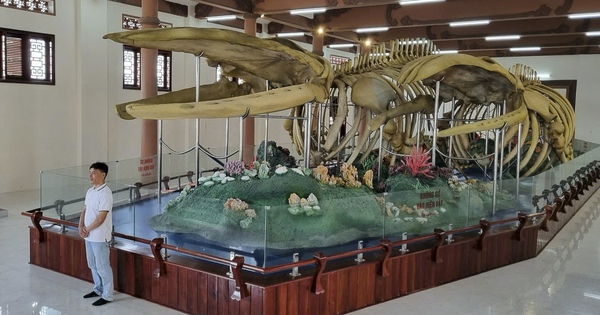

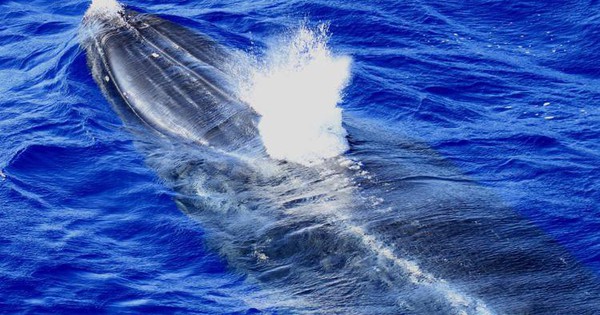

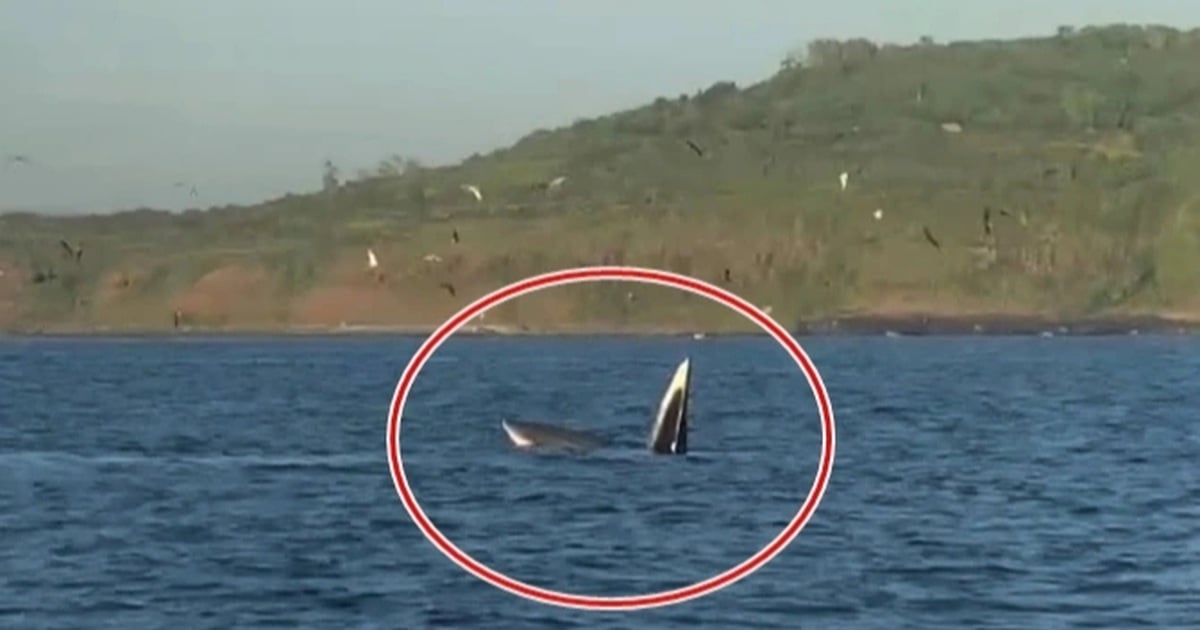

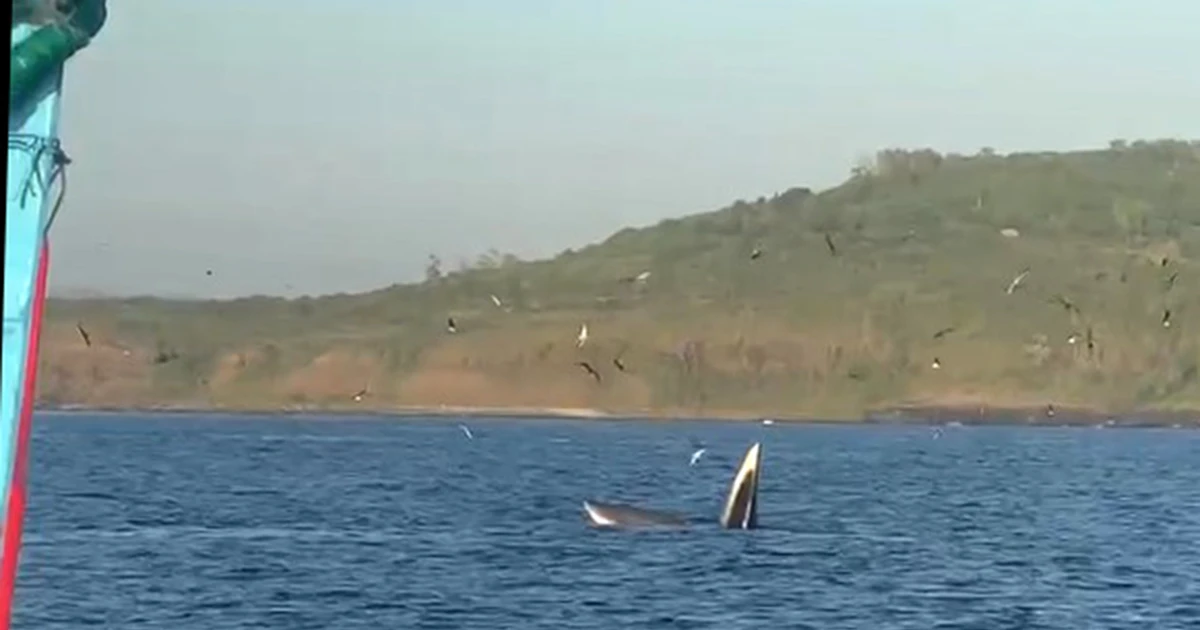

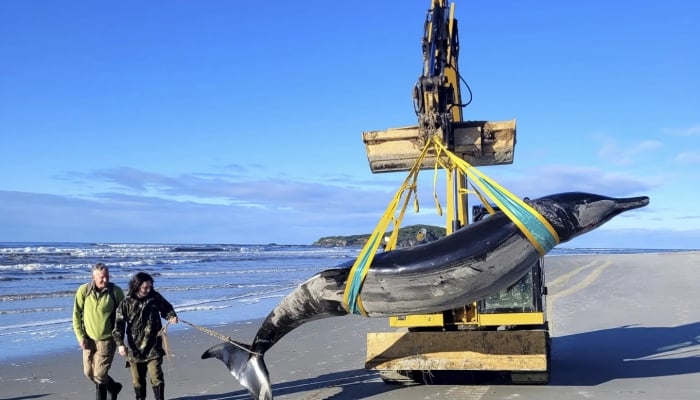
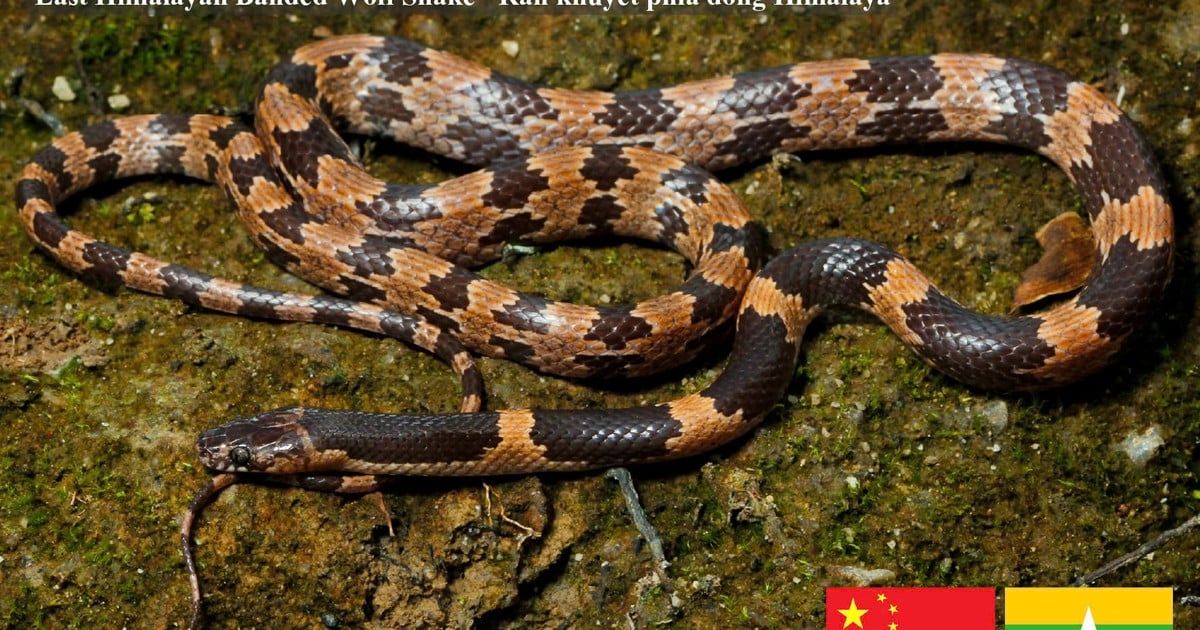

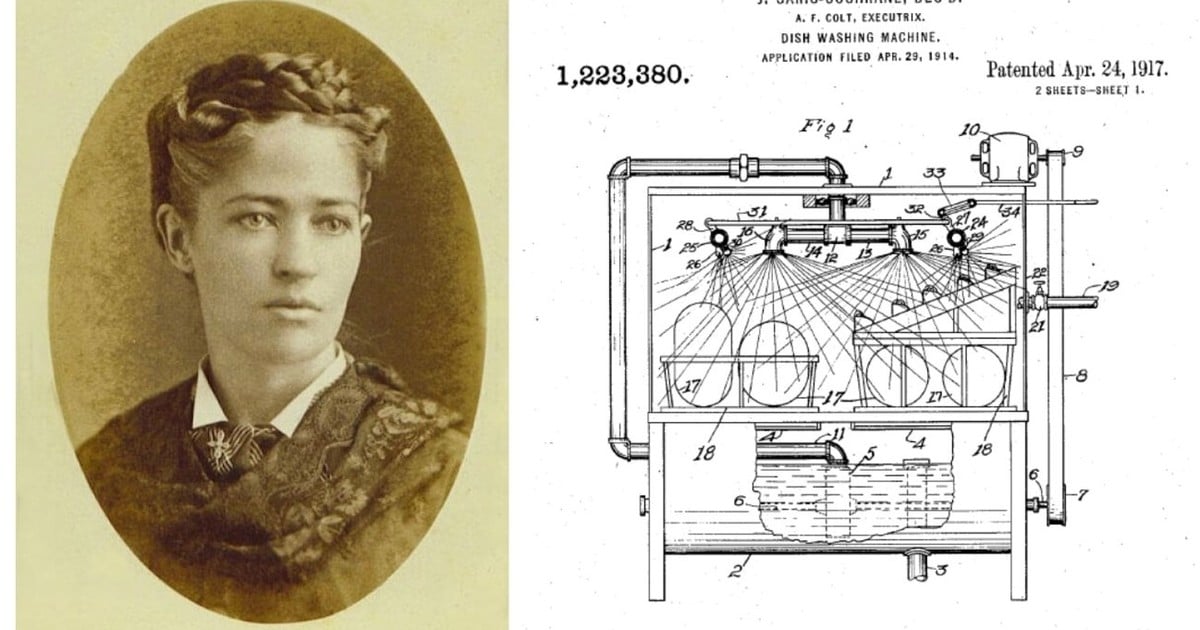













![[Photo] Unique folk games at Chuong Village Festival](https://vstatic.vietnam.vn/vietnam/resource/IMAGE/2025/4/10/cff805a06fdd443b9474c017f98075a4)





















































![[Photo] Taking advantage of every sunny hour, asphalting the road through the old forest of Y Ty](https://vstatic.vietnam.vn/vietnam/resource/IMAGE/2025/4/11/c11987f152014781abe6aad9e09fb401)











Comment (0)